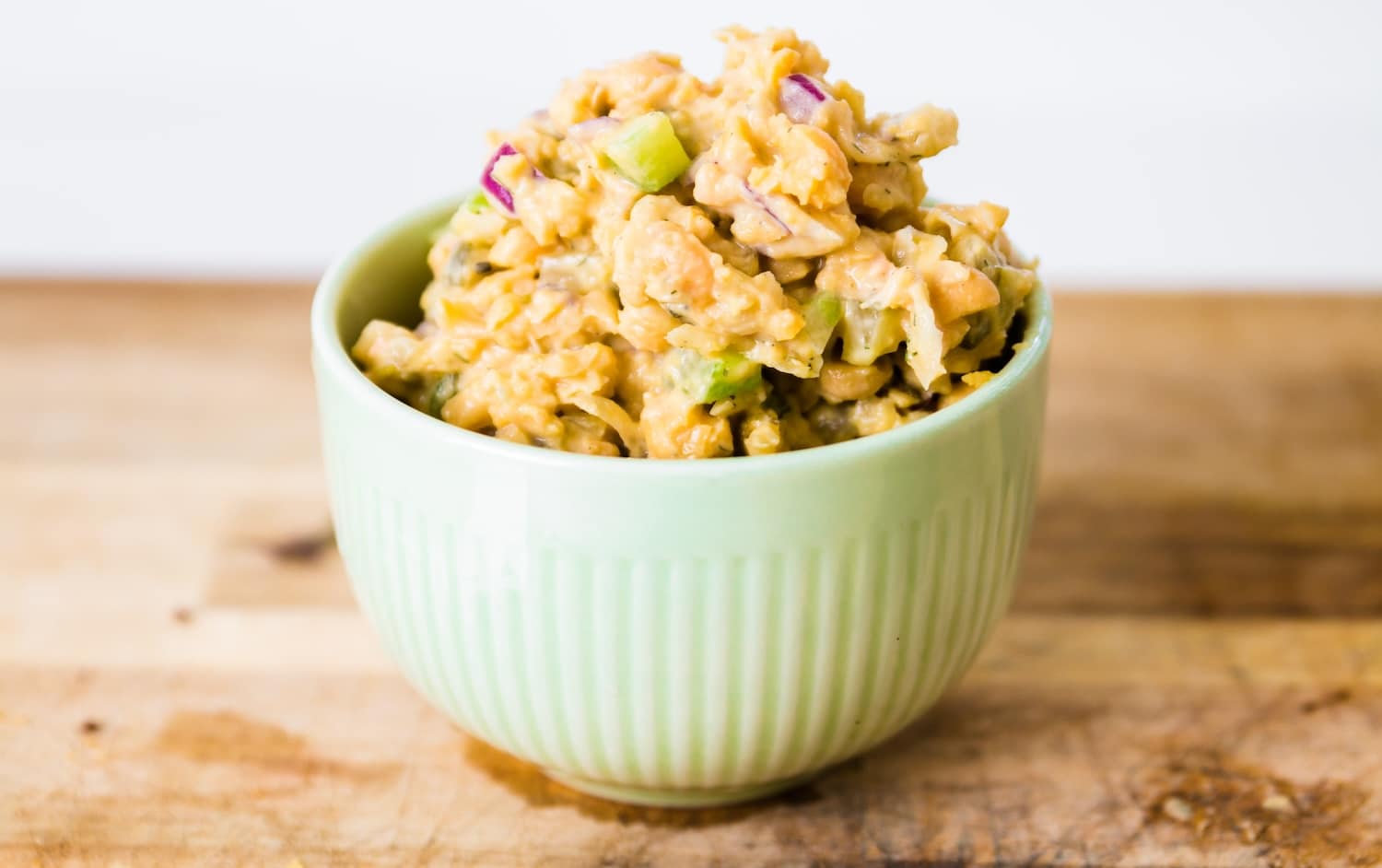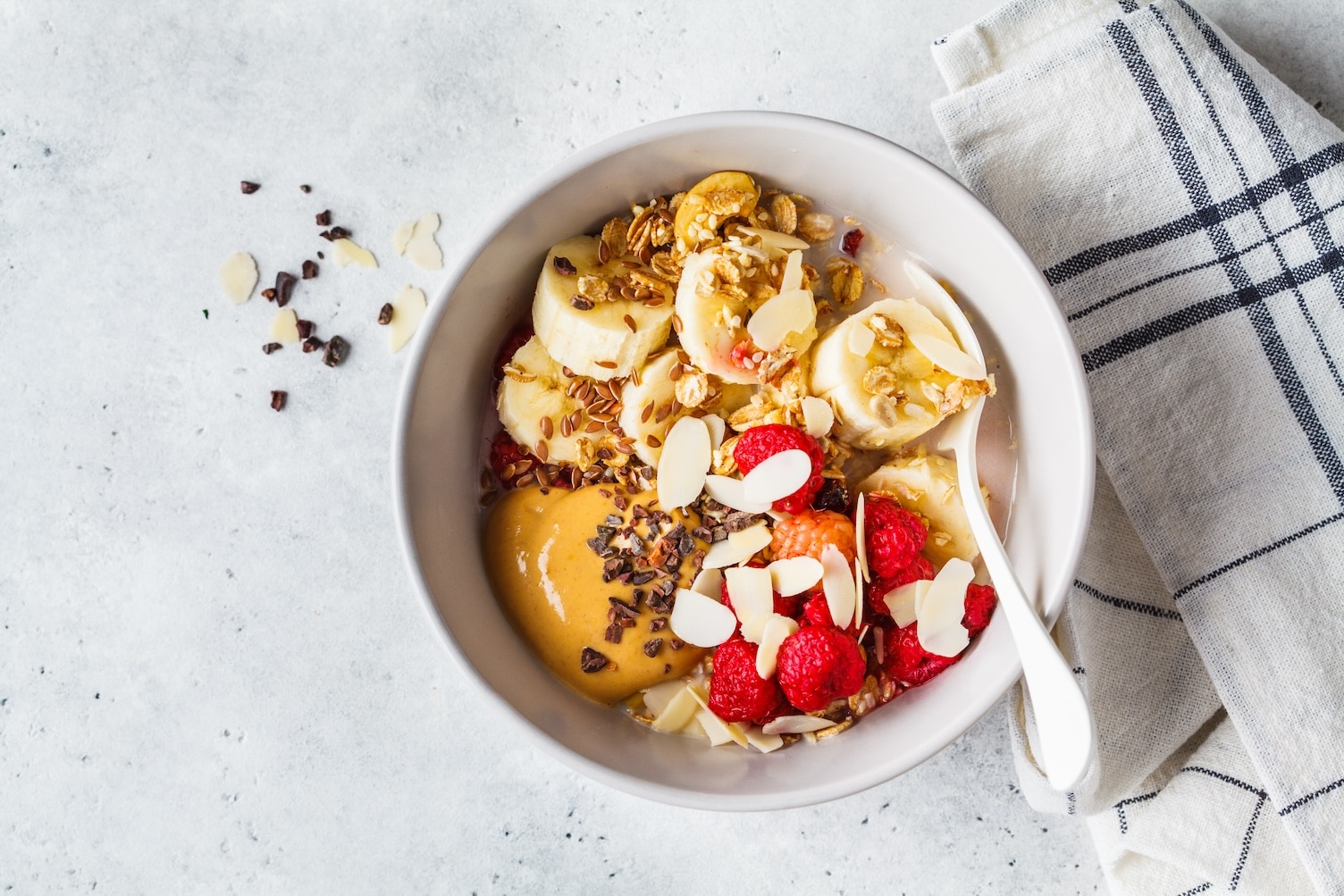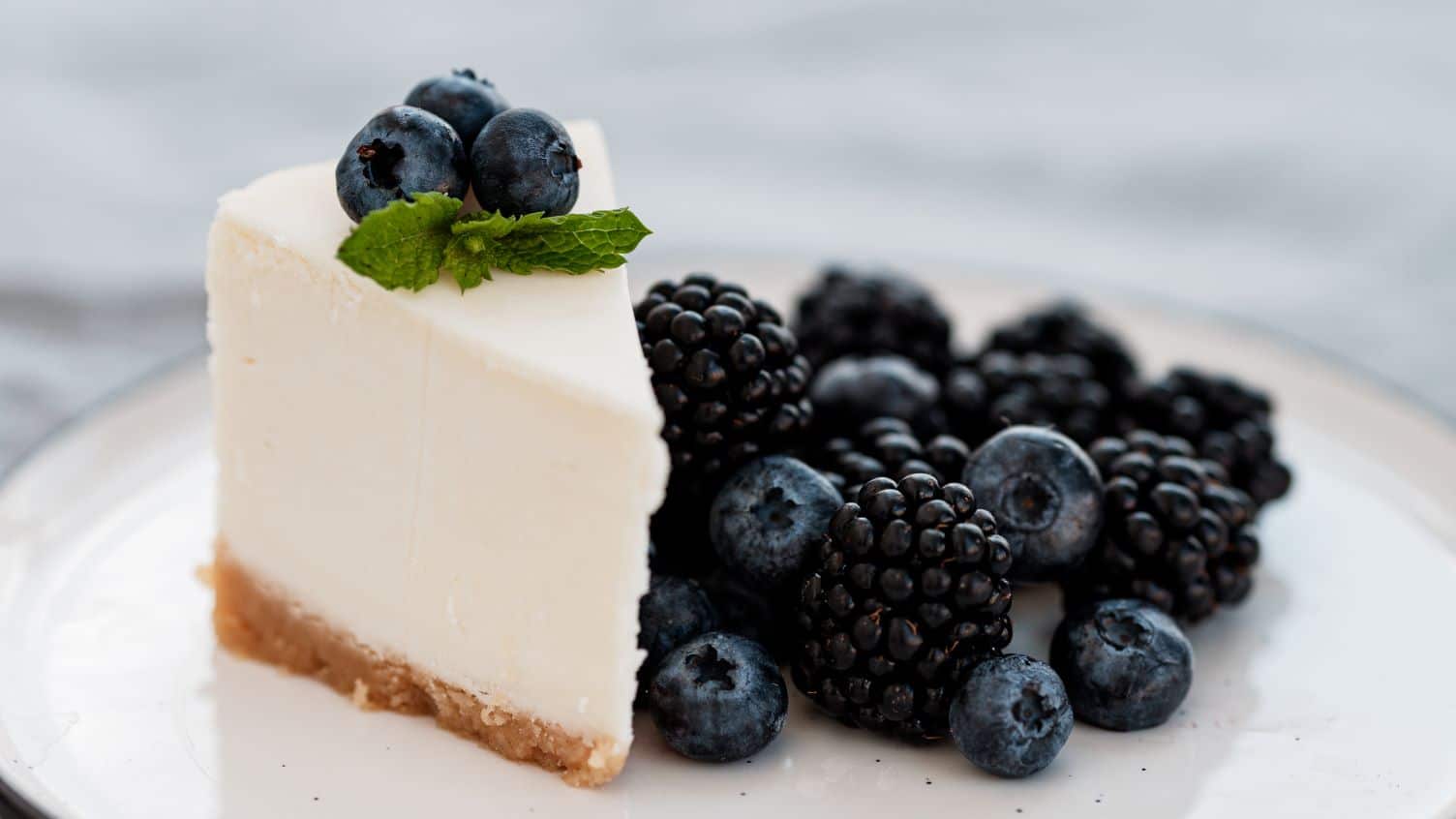If food labels have you scratching your head, this guide should help you get label literate.
ALL-NATURAL OR NATURAL
A survey by Consumer Reports found people believed this label was more meaningful than an organic label; however, nothing could be further from the truth. Meat and poultry can’t contain artificial ingredients or added color during processing. Any other product can label itself “natural” as long as it doesn’t contain artificial colorants, artificial flavors or synthetic substances. It’s a low bar even for processed foods and is essentially meaningless when it comes to any whole-food ingredient.
CAGE-FREE
This label is used for chicken and eggs. The birds are allowed to freely roam a building, room or enclosed area. They have unlimited access to food and water and continuous access to the outdoors when they can produce eggs. It does not mean they necessarily have enough room to move around comfortably. Since chickens raised for meat aren’t kept in cages, this label on poultry is meaningless.
FAIR-TRADE
This label is most often seen on chocolate, coffee, tea and spices. The item or ingredient is grown and processed in a way that promotes the following in the country that grows it: community empowerment, economic development, social responsibility (no child labor and support for worker’s rights) and environmental stewardship. This label is not regulated by the government; different labeling groups have their own standards. You can see which ones are meaningful here.
FREE-RANGE
Birds are given access to the outdoors but this does not mean they will necessarily go outdoors or that the outdoor space is large or allows for natural behaviors.
ORGANIC
This is the big one. It is a verified and meaningful label regulated by the USDA. Standards for organic labeling vary by product, and some states have stricter standards for their labels.
Organic fruit, vegetables, nuts and grains are non-genetically modified (non-GMO), grown without synthetic pesticides or synthetic fertilizers and have not been irradiated.
Organic milk is from cows given 100% organic feed for at least one year. At least 30% of the cow’s diet must come from allowing cows to graze on grass.
Organic meat and poultry is raised on 100% organic feed with no animal products. Animals can access the outdoors and are given no growth hormones, antibiotics or other drugs. Meat must not be irradiated.
Organic packaged foods have three levels of classification:
-
- 100% Organic: All ingredients are organic.
- Organic: At least 95% of ingredients are organic.
- Made with organic ingredients: At least 70% of ingredients are organic.
READ MORE > WHAT TO BUY ORGANIC (AND WHAT TO SKIP) [INFOGRAPHIC]
GMO-FREE
The food (or cosmetic product) is not a genetically modified organism (GMO) or is not made with ingredients that are GMOs. Note, however, it may contain up to 0.9% GMO by the Non-GMO Project’s definition.
GRASS-FED
Animals get the majority of their foods from grass throughout their life, but can be supplemented with grains. There are also 100% grass-fed labels, meaning the animal has not been fed supplemental grain. There are a lot of grass-fed labels out there; here are a few with real meaning behind them. It does not limit the use of growth hormones, antibiotics or drugs — if that’s what you want, look for the organic label.
PASTURE-RAISED
This label is most often seen on poultry, eggs, dairy products, beef and pork. It is meant to convey that the animal spent most of its life on pasture. For dairy and eggs, there is no standard or requirement, rendering it meaningless. For meat and poultry, producers are required to explain their practices on their labels, but that information it is not third-party verified. For dairy and beef products, the “grass-fed” label is a regulated and verified option.
READ MORE > IS GRASS-FED BEEF BETTER?
DIETARY LABELS
Lots of common food labels that have intuitive meanings come with legal meanings regulated by the USDA. See which ones are worth looking for to meet your health goals.
Whole-grain/whole-wheat: Grains (or foods made from grains) utilizing all parts of the naturally occurring grain or seed to maximize fiber and B-vitamins. At least 51% of total weight in the food must be whole-grain. Look for 100% whole-grain or 100% whole-wheat for the best nutrition.
Multigrain: Food made from more than one type of grain. No matter how many grains it claims to have (seven, 12, 20), this label does not mean it is whole-grain.
Calorie Free: Each serving contains less than 5 calories.
Low-calorie: Each serving contains 40 calories or less.
Reduced Calorie: A product contains 25% fewer calories compared to the original item with its original serving size.
Light or Lite: A product contains 33% fewer calories compared to the original with its original serving size.
Low-fat: A serving contains 3 grams of fat or less.
Reduced-fat: A serving contains 25% less fat compared to the original food with its original serving size.
Fat-free: A serving contains less than 1/2 gram of fat per serving.
Cholesterol-free: A serving contains less than 2 milligrams of cholesterol.
Transfat-free: Less than 1/2 gram of trans-fat per serving.
Excellent source of …: A food has 20% or more of the daily value of that vitamin or mineral per serving.
Good source of …: A food has 10-19% of the daily value of that vitamin or mineral per serving.
Enriched with …: The vitamin or mineral was removed during processing and was then added back into the food.
Fortified with …: The vitamin or mineral is not naturally in the food so it’s being added.
Sodium-free: There are less than 5 milligrams of sodium per serving.
Low-sodium: There are 140 milligrams or less of sodium per serving.
Very Low-sodium: Each serving has 35 milligrams or less of sodium.
Lightly Salted: 50% less sodium was added to this food, compared to the original food with its original serving size.
Sugar-free: Each serving contains less than 1/2 gram of sugar per serving. It can contain artificial sweeteners to boost sweetness.
Low-sugar: There is no established definition.
Reduced-sugar: A product contains 25% less sugar compared to the original item with its original serving size.





15 Responses
You forgot to mention that organic produce means you’ll have up to an 8% higher chance of getting salmonella or e.Coli.
Why is this?
Composted manure must be heated correctly to reduce pathogens…I’m sorry–looking for the source (I’d read this in several articles last month)!
Wait. I don’t understand the tip under organic fruits. Why would I want to buy organic fruit such as apples or strawberries to eat higher levels of pesticides… And how does the save money? Plus, it would have been nice to have listed good examples of foods to buy… Now I feel like I can’t eat eggs.
I believe what the article is trying to convey is that items with peels are less likely to have pesticides in the part we eat so you can save money by not buying those organic. (Organic having no pesticides.) The dirty dozen are foods which may be better purchased organic in order to avoid pesticides.
Those fruits when not purchased organically even after washing will have high levels of pesticides. So if you cannot buy all your fruits organically and wish to save money then at least buy the “dirty” fruit organic to avoid the pesticides. I know that seemed a little confusing in the wording of the article. But those with soft skin the pesticides get into the fruit and no amount of washing can get rid of it so you will be ingesting it.
There are plenty of “organic” pesticides used in “organic” farming.
Organics DO use pesticides…but 70% of people that purchase them don’t realize that. If you ask some of the California farmers that grow conventional and organic produce, they will tell you flat out that they use MORE pesticides on organic than they use on conventional….
The Organic Seal does not and cannot signify any health or safety
criteria whatsoever. It merely certifies that products were produced
using less modern inputs. “Let me be clear about one thing,” said
USDA Secretary Dan Glickman when organic certification was being considered. “The organic label is a marketing tool. It is not a
statement about food safety. Nor is ‘organic’ a value judgment about nutrition or quality.” Yet USDA’s own research shows consumers buy
higher priced organic products because they mistakenly believe them
safer and more nutritious.
How about info on Non dairy and what to look for that makes it not non dairy. I just found out I have a dairy allergy and what a pain to understand.
Dairy is anything made with milk. This would include butter, milk, yogurt, cream, etc. You are probably allergic to lactose so I would say just cut out everything and anything that comes from milk. Drink any non-dairy milks in place of regular milk. These include cashew, almond, coconut and many others. Just try to stay away from anything soy since it has been shown to be detrimental to your health.
And if you’re still confused, just learn what the word “dairy” entails so you can avoid it.
The first and most important thing to remember is that EVERY purchase you make is a vote for what is acceptable. If we stop buying the garbage, they will seek to improve. They go where the money goes. So vote!
As far as eggs go, the best bet is to look for local farms. Many of them will have a small road sign selling fresh eggs. If you can see the chickens roaming around, than you’ve got good eggs. Usually you have access to the farmer and can ask directly if they use hormones or artificial feeds.
Honestly if we want true regulation on egg labeling, the only way is for poeple to start writing letters to the FDA, and your senator.
Meat and milk is the most critical, followed by the dirty dozen if you are looking for health. If you have netflix, watch Food Inc, and Frankensteer to understand why. Organic meats will save you soooo much from added hormones, fillers, and they are often steamed with ammonia to kill the piles of ecoli present, so you are eating dead ecoli… Gross. Organic milk is free of hormones linked with multiple fertility issues, early onset puberty among other things. And eating the dirty dozen produce in organic forms will protect you from ingesting pesticides.
Whole grains slow the rate of blood sugar spikes, and are good for fending off diabetes, but the best defense against that is not to eat so much grains and sugar. Whole grains aren’t good, they are just less bad. Sweden just changed it’s nationally recognized healthy diet to a low carb, high fat daily food values after years of research. They also pointed out that the American food pyramid was designed in the 1800’s by a woman with no higher education, who had the ear of someone important in government, and we just accepted it. The LCHF diet pretty much turned our way of eating on its ear.
If interested, look me up. Scottyspearl
Wholemeal?
Really sick of ” organic” food being touted as healthier than conventional food.
I will unsubscribe to myfitnesspal if this absolute bs continues.
It’s healthier than conventionally grown
That’s nonsense. Produce your evidence.